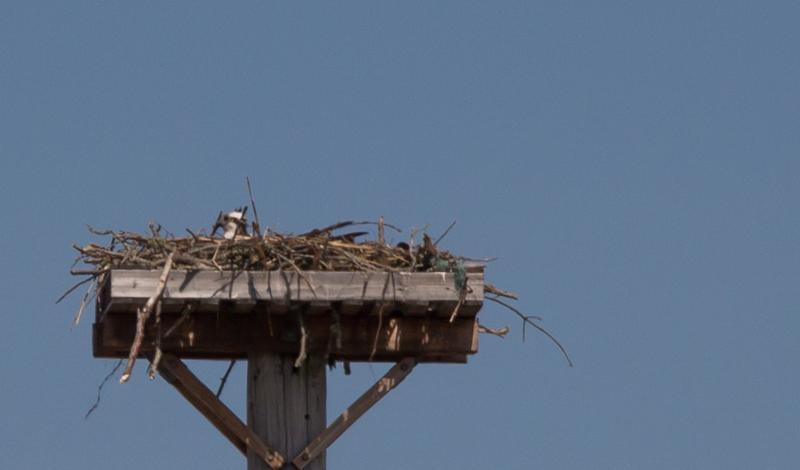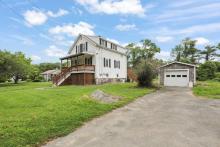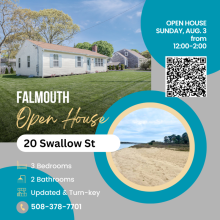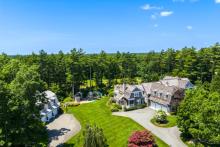Onset may have a new nesting pair of ospreys
The ospreys are back -- or are they? Lori Benson, a designated osprey nest watcher for the Massachusetts Audubon Society, isn’t so sure.
“I don’t think it’s the same pair,” Benson said of the ospreys nesting near the Onset Stone Bridge. “They are very skittish with foot traffic and all that going on underneath the pole. The other pair was very used to it.”
Last April, Onset residents came together to give the ospreys a new home, after NSTAR capped the utility pole on which they had been nesting.
“[They ospreys] tried so hard to get a viable nest up there, but everything just kept slipping off,” Benson said. “It was heartbreaking.”
The pair of ospreys on top of the pole now have a very shallow nest, Benson said. More experienced pairs will have deeper nests, but new nesting pairs will sometimes be “a little bit behind”, and not start a nest in time, leading to a shallower nest.
“They are only just starting to set up housekeeping,” Benson said. “Up until a week ago, the female would fly off the nest whenever I went past. Now, she is only just starting to stay to incubate the eggs.”
Benson also said ospreys come back to the same places and nests year after year, and expects to see a deeper, larger nest next year.
Lauren Miller-Donnelly, property manager for Mass Audubon South Coast Sanctuaries, believes Benson is partially correct. She said the pair itself may not be entirely new, but that one adult in the original osprey couple may have died between last year and this year.
“They die for all sorts of reasons,” Miller-Donnelly said. “Great horned owls prey upon them; some of them stay in South America … sometimes, they will get electrocuted, which also happens around here.”
Based on Benson’s observations, Miller-Donnelly said it was likely the female of the pair who is new. If the new mating pair is successful, she said, over time, the female “will be less psycho.”
Miller-Donnelly cautioned that too much disturbance around the nest could lead to the eggs dying off, if the new female is frequently scared away.
“People usually think birds can smell them, and that it’s their scent that scares them away,” Miller-Donnelly said. “That’s a myth. It’s human disturbance that scares them.”
Benson applied for a Makepeace Neighborhood Grant to put up an educational sign about the osprey nest on the pole. Though she did not get it, and is “a little bummed”, Benson said she will look at other grant and funding sources for the sign.
“The good news is that the birds don’t care,” Benson said. “The birds could care less.”
Benson and two others, JC Weber and Larry Senna, also want to put a webcam atop the pole -- but that would not happen until at least the fall, Benson said, because of the fierceness of nesting osprey parents.
“You would really take your life into your hands,” Benson said. “The best part, anyway, would be the eggs hatching.”
Onset resident and senior research assistant at the Woods Hole Marine Biological Laboratory JC Weber said he hopes both the sign and the webcam go up, but that the latter is a future goal. He said there would probably need to be another grant, in order to fund the hosting and maintenance of the website for the webcam.
“There is no immediate plan for it, but we have talked about it,” Weber said. “We would model it after the Woods Hole one, because it’s really good.”
Weber said later in an email that he is disappointed about the Makepeace grant, but that he will look into other funding sources.
“Maybe we could eventually approach local businesses to see if they’d like to 'sponsor' the sign,” Weber said. “We could regroup and revisit it after this summer.”
















